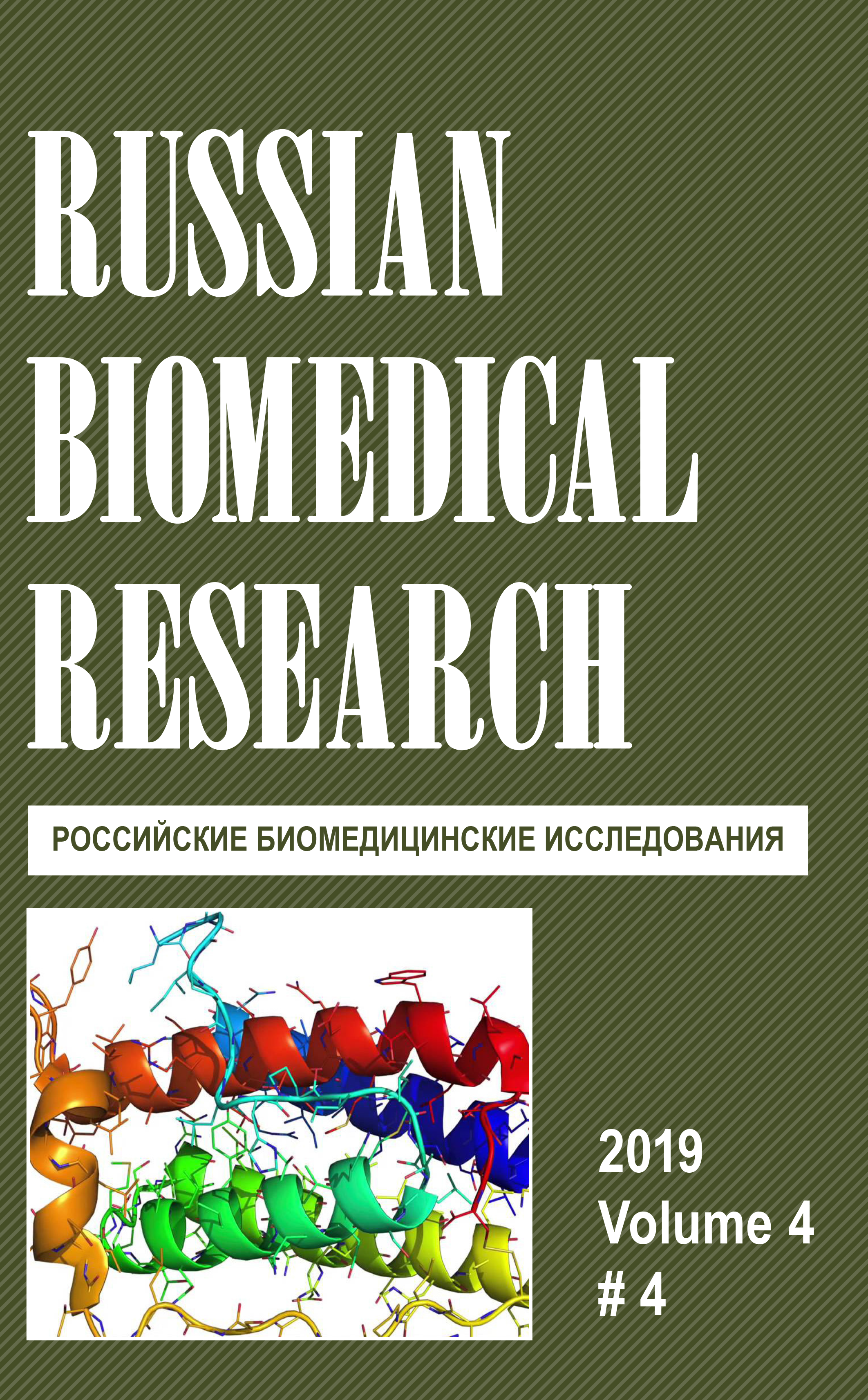MECHANISMS THE DEVELOPMENT OF NONALCOHOLIC FATTY LIVER DISEASE
Abstract
Non alcoholic fatty liver disease (NAFLD) is one of the most common pathological conditions associated with overweight. The pathogenesis of the disease is multicomponent. The deposition of lipids in hepatocytes with their excessive intake with food is an important, but not the only mechanism. Insulin resistance and hyperinsulinemia, as components of the metabolic syndrome developing against the background of overweight, activate the process of gluconeogenesis in the liver and inhibit the oxidation of free fatty acids. Both processes also lead to excessive accumulation of lipids in hepatocytes. An important role in the development of liver steatosis is also played by leptin resistance - a decrease in the sensitivity of tissues to leptin - one of the most important regulators of lipid metabolism in the body. Inhibition of the mitochondrial oxidation pathway of excess lipids leads to the activation of the perixisomal mechanism of their oxidation and the accumulation of final chemical products that are toxic to liver cell membranes and organelles. Damage and death of hepatocytes in combination with proliferation of connective tissue cells translates the process of fatty degeneration into chronic inflammation (steatohepatitis) with a possible outcome in liver cirrhosis.



